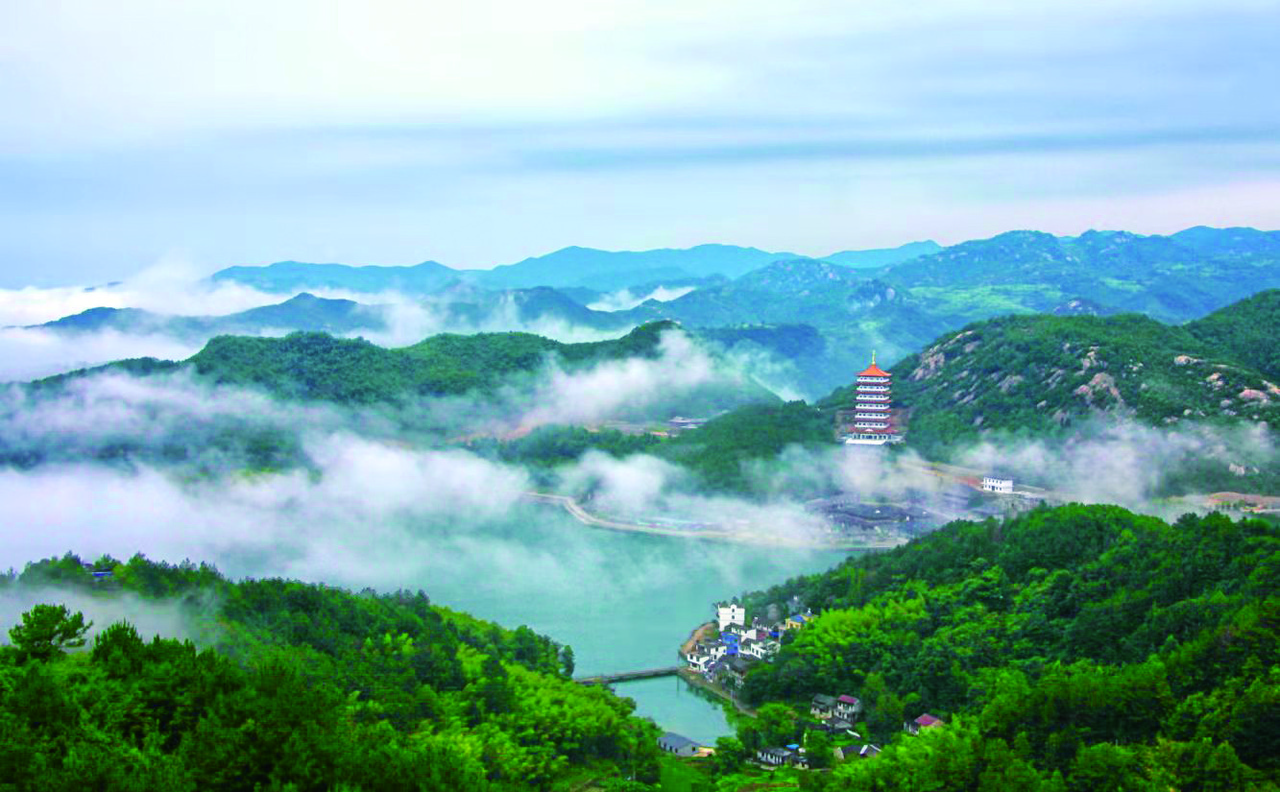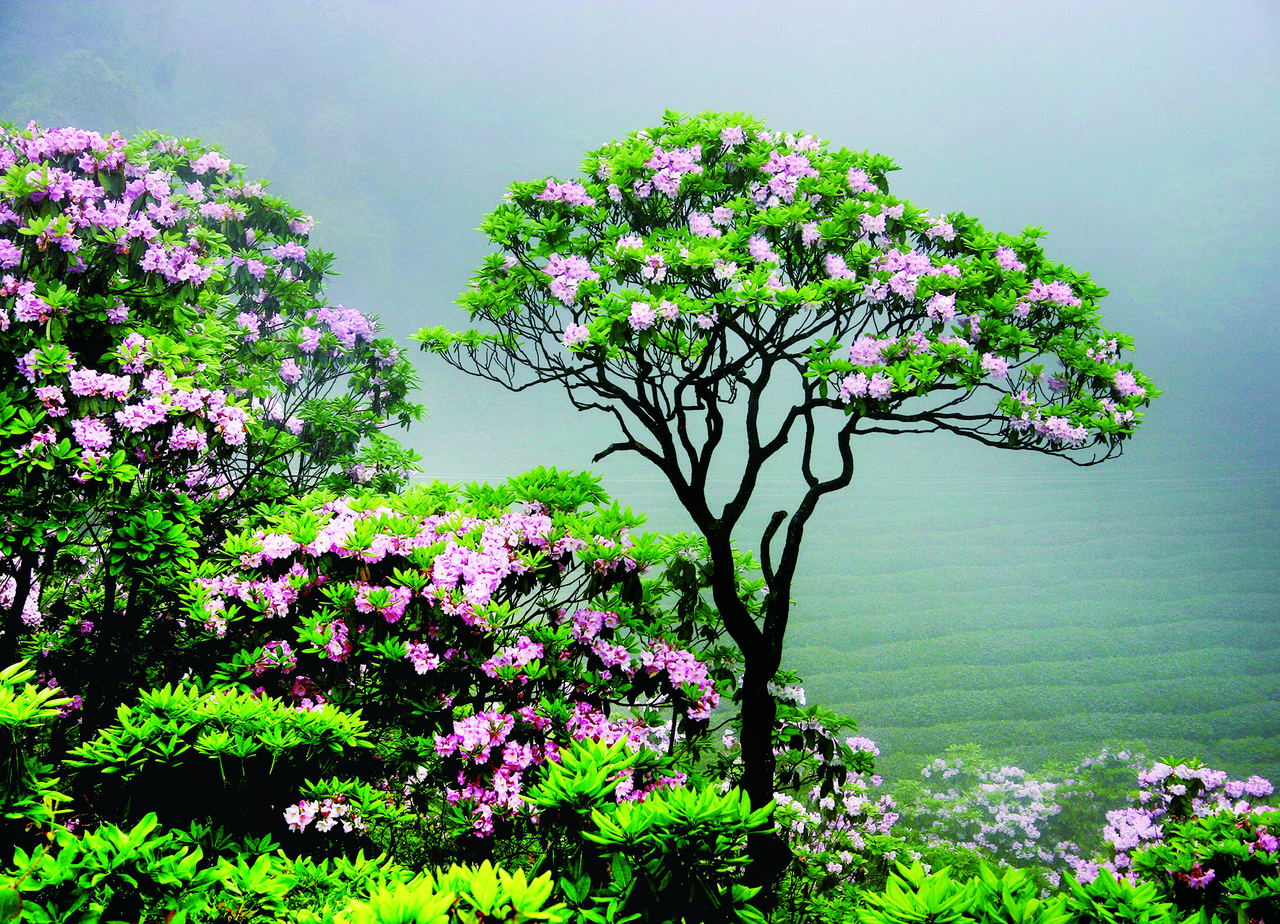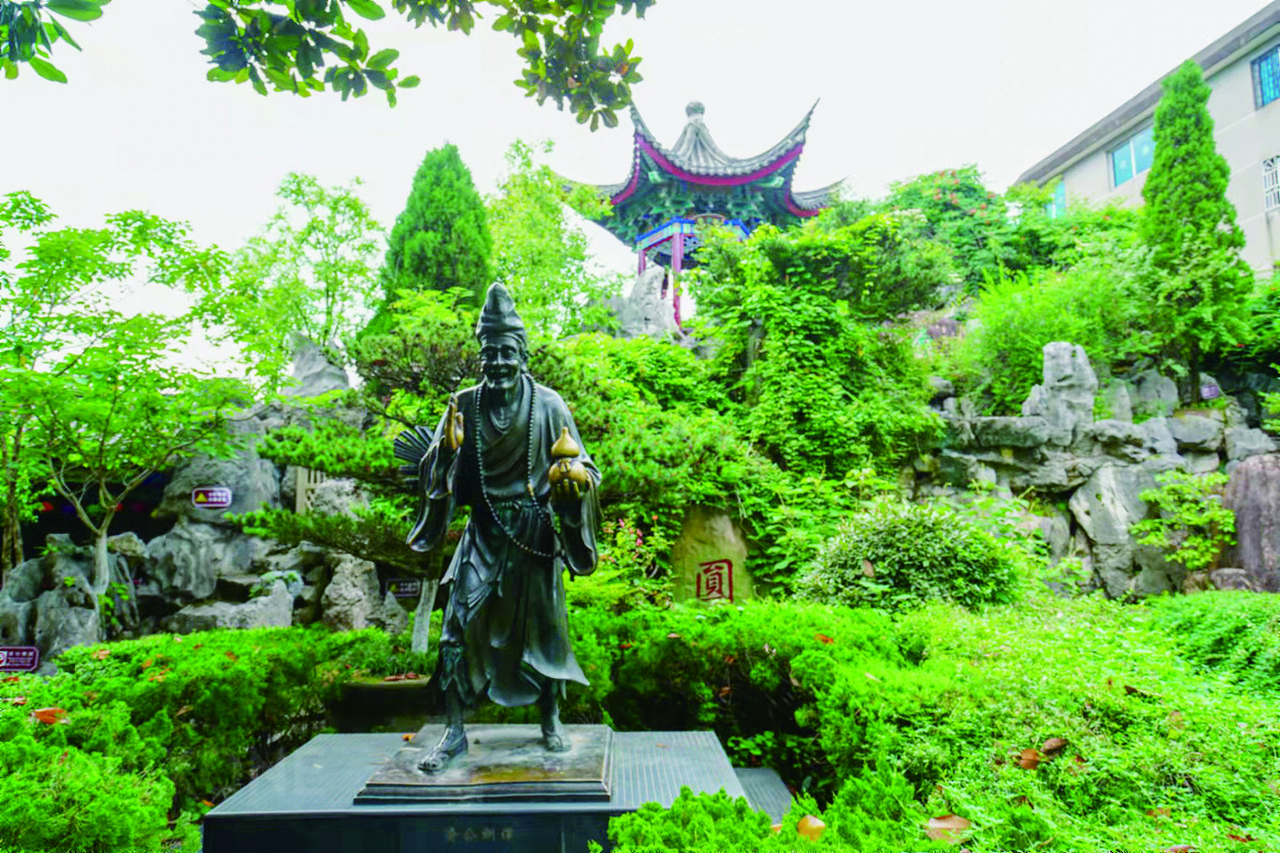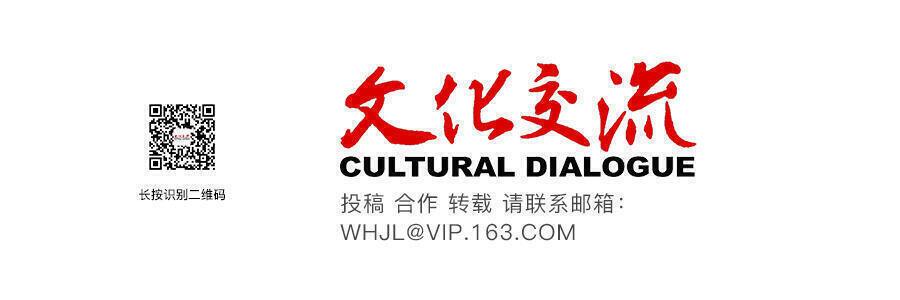
Tongbai Palace, a Taoist temple on the Tiantai Mountains, is regarded as the holy temple of the Nanzong of Taoism, which reached its peak in the Tang and Song dynasties
For its unique culture and dynamic, the Song period (960-1279) has been lauded as the “renaissance in the orient”, an inheritor of its predecessors and a pioneering dynasty in itself. Maturing and prospering during the Song dynasty, Confucianism, Buddhism and Taoism have co-existed harmoniously in Tiantai, Zhejiang province throughout history, leaving an enduring influence.
What kinds of “Song” elements can still be found today in Tiantai? In what forms? How have they impacted Tiantai?
With a history of over 1,800 years, Tiantai is the birthplace of Ji Gong (1130 or 1148-1209) the “Living Buddha”. Born Li Xiuyuan in Tiantai’s Yongning village, Ji Gong, known as “Chan Master Daoji”, was a Chan Buddhist monk who lived in the Southern Song (1127-1279). He was believed to have possessed supernatural powers, which he wielded to help the poor and to fight injustices. On the other hand, he was also known for his wild and eccentric behavior: he purportedly didn’t follow the Buddhist monastic rules for he consumed alcohol and meat at will. Over the past eight centuries since his death, Ji Gong has become such a legend in Chinese culture that his tales have been widely told in literature, TV series and films, paintings as well as sculptures, among other popular media. The culture related to Ji Gong has arguably become the most typical, the most well-known and the most far-reaching element of the Tiantai Mountains culture fostered during the Song dynasty. In 2002, the renovation of Ji Gong’s former residence provided a place of worship and cultural exchange for Ji Gong believers all over the world. For his followers, Tiantai is the ancestral home they must return. In 2006, the legend of Ji Gong was listed in the first batch of the National Intangible Cultural Heritage List. In recent years, an annual cultural festival in honor of Ji Gong has been held in Tiantai.
More than anything else, the core humanistic values of the Tiantai Mountains culture lie in the culture of the Tiantai School of Buddhism. Founded by Master Zhiyi (538-597), the Tiantai school became one of the most influential schools of Buddhism in China during the Sui dynasty (581-618), with a large number of great temples supported by the emperors and various wealthy patrons. The school’s influence lasted through the first half of the Tang dynasty (618-907) before it waned. Then the Tiantai school was revived in the Kingdom of Wuyue (907-978) when Buddhism was particularly valued. In the Northern Song dynasty (960-1129), it rose again. Highly respected and regarded by generations of emperors for the next 400 years, the teachings of the Tiantai school were instrumental not only in educating and enlightening the general populace, governing the country, but also in promoting social harmony.
It was during this period that a large number of eminent monks of the Tiantai school emerged and extensive and far-reaching overseas exchanges were conducted, which helped lay a solid foundation for the prosperity and spread of the school in later periods.
In the history of the dissemination of the school’s teachings outside of China, the establishment of the Korean Tiantai school, known as Cheontae, is undoubtedly considered a milestone. In the year 1085 during the Yuanfeng period of the Song dynasty, Master Uicheon (1055-1101), at the age of 28, led his disciples to the Guoqing Temple on the Tiantai Mountains. He had a profound understanding of the school’s teachings, brought them back to Korea and established Cheontae in Goryeo (Korea) as an independent school at that time.

Yunjin azaleas and Yunwu (Cloud and Mist) tea fields on the Tiantai Mountains
In fact, the first person from the Korean Peninsula to travel to Tiantai was Master Hyeon-gwang of Silla, who learned dharma from Master Huisi (515-577) during Southern Chen (557-589), the last of the Southern Dynasties (420-589). After Master Uicheon introduced the Tiantai tradition to Korea, he vigorously promoted it. At the time of his death, when he was only 47 years old, Master Uicheon had nearly 1,000 disciples, 160 of whom were prominent ones. As well as in Tiantai school, he had a great influence on the development of Buddhism in Korea.
Apart from Buddhism, Taoism also thrived in the Song dynasty, when the emperors’ reverence for Taoism reached its peak. Imperial Taoist temples were built, Taoist works collected, and quite a few Taoist festivals and holidays designated. Against this backdrop, the Nanzong (Southern Lineage) of Taoism was established in Tiantai. Zhang Boduan, the founder, was born in Tiantai. His book Wuzhen pian (or Awakening to Reality) is a 1075 Taoist classic on Neidan-style internal alchemy. In essence, it tells people how to maintain harmony between their body and mind, and how to maintain harmony with nature.
In the Southern Song period, Tiantai’s Confucianism flourished under the influence of Zhu Xi (1130-1200), one of China’s foremost Neo-Confucianists in history. Borrowing from the Tiantai Buddhist and Taoist traditions, Zhu further developed the metaphysical theories in regards to Li or principle. Indeed, the spirit of Taizhou (where Tiantai is located) scholars strictly abiding by moral principles while ignoring any gains and sacrificing their lives for justice is closely related to Zhu Xi’s development of Neo-Confucianism in the place.
There is also the Chan tea culture, the idea of “oneness of Chan and tea”. The idea, first proposed by Chen Zhirou (?-1184), a Taizhou official in the Southern Song dynasty, was inspired by none other than the waterfalls of the Tiantai Mountains. While growing and drinking tea has been a common practice for Buddhist monks throughout history, overtime Chan masters have infused tea culture into the Buddhist culture. Unsurprisingly, during the process of the Tiantai school’s introduction to Japan and Korea, Tiantai’s tea seeds and local monks’ tea ceremonies were also exported.
Then, there is Jia Sidao (1213-1275), a Tiantai native and chancellor for three Southern Song emperors. His book Cuzhi Jing (Manual of Crickets or Book of Crickets), the world’s first monograph on insects, ostensibly wrote about the selection, feeding, and training of crickets as well as strategies of cricket fighting, which earned him the nickname of “cricket chancellor”. But more importantly, in the book, Jia used cricket and cricket fighting as metaphors for governing a country as well.

The former residence of Ji Gong in Tiantai county
The birth and formation of the culture of the Tiantai Mountains during the Song dynasty, from the founding of the Tiantai Buddhist school and the Nanzong of Taoism to Ji Gong the Living Buddha and the development of Zhu Xi’s theory of Li meant that the values of this system were recognized and followed. They also meant the establishment of social mores and social order was guided by this system, which became the cultural foundation for Tiantai’s economic and social development at that time. Eventually, the whole process will serve as a cultural reference for the current social development.
Editor: Huang Yan
